A protocol to isolate and qualify purified human preantral follicles in cases of acute leukemia, for future clinical applications
- PMID: 29304838
- PMCID: PMC5756359
- DOI: 10.1186/s13048-017-0376-6
A protocol to isolate and qualify purified human preantral follicles in cases of acute leukemia, for future clinical applications
Abstract
Background: Autotransplantation of cryopreserved ovarian cortex can be associated with a risk of cancer cell reseeding. This issue could be eliminated by grafting isolated preantral follicles. Collagenase NB6 is an enzyme produced under good manufacturing practices (GMP) in compliance with requirements for tissue engineering and transplantation in humans and thus can be used to isolate preantral follicles from ovarian tissue in the framework of further clinical applications. Multicolor flow cytometry is an effective tool to evaluate the potential contamination of follicular suspensions by leukemic cells.
Methods: The efficiency of collagenase NB6 was evaluated in comparison to collagenase type IA and Liberase DH, in terms of yield, morphology and viability. A short-term in vitro culture of follicles isolated with collagenase NB6 was conducted for 3 days in a fibrin matrix. A modelization procedure was carried out to detect the presence of leukemic cells in follicular suspensions using multicolor flow cytometry (MFC).
Results: No statistical differences were found between collagenase NB6, Liberase DH (p = 0.386) and collagenase type IA (p = 0.171) regarding the number of human preantral follicles isolated. The mean diameter of isolated follicles was significantly lower with collagenase NB6 (p < 0.0001). The survival rate of isolated follicles was 93.4% (n = 272) using collagenase NB6 versus 94.9% (n = 198) with Liberase DH and 92.6% (n = 298) using collagenase type IA. Even after 3 days of in vitro culture in a fibrin scaffold, most of the isolated follicles were still alive after using collagenase NB6 (90.7% of viable follicles; n = 339). The rate of isolated Ki67-positive follicles was 29 ± 9.19% before culture and 45 ± 1.41% after 3 days. In 23 out of 24 follicular suspensions analyzed, the detection of leukemic cells by MFC was negative. The purification had no significant impact on follicle viability.
Conclusion: The isolation and purification of human preantral follicles were performed following good manufacturing practices for cell therapy. Multicolor flow cytometry was able to confirm that final follicular suspensions were free from leukemic cells. This safe isolation technique using collagenase NB6 can be considered for future clinical applications.
Keywords: Collagenase NB6; Good manufacturing practices; Human follicle isolation; Leukemic cell purification.
Conflict of interest statement
Ethical approval and consent to participate
The use of human ovarian tissue was approved by the clinical ethics committee of Besancon University Hospital in 2013; all patients gave their informed consent. The use of leukemic cells from leukemia patients was approved by the department of research and innovation (CRB F.Cabanne, Dijon-Besançon, France; biological collection authorization n°DC-2008-713). The use of AB human serum from male donors was approved by the French blood establishment (request of blood samples for non-therapeutic uses, BFC/PSL/COL/FO/014).
Consent for publication
Not applicable.
Competing interests
The authors declare that they have no competing interests.
Publisher’s Note
Springer Nature remains neutral with regard to jurisdictional claims in published maps and institutional affiliations.
Figures
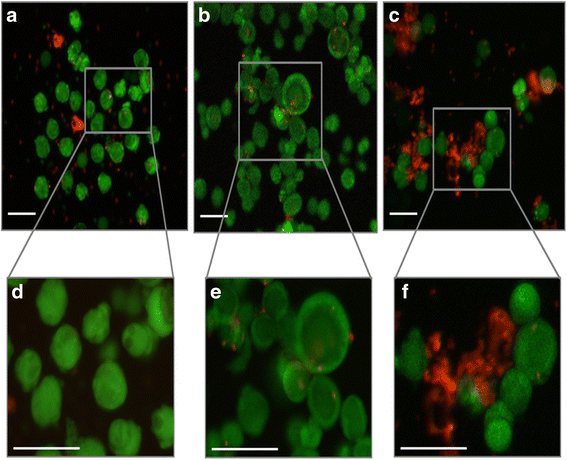
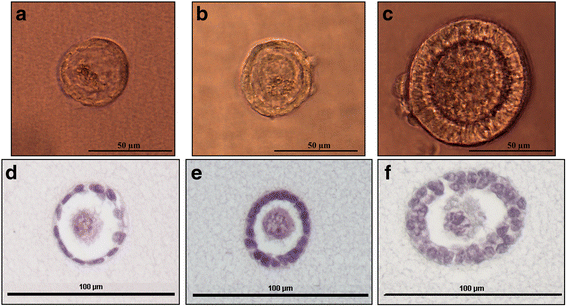
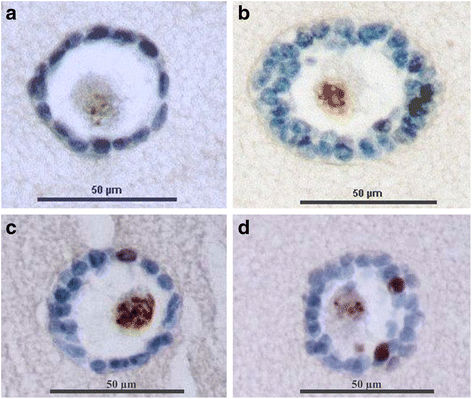

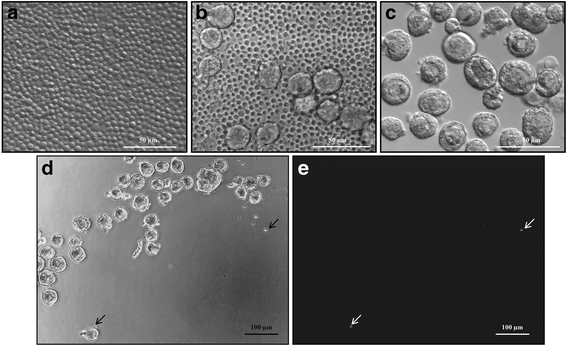
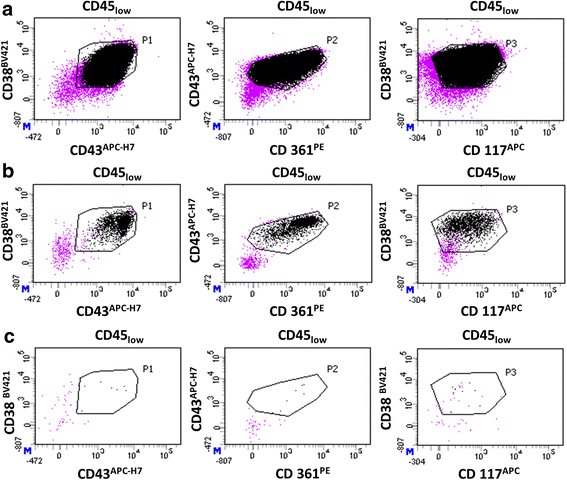
Similar articles
-
Enzymatic isolation of human primordial and primary ovarian follicles with Liberase DH: protocol for application in a clinical setting.Fertil Steril. 2011 Aug;96(2):379-383.e3. doi: 10.1016/j.fertnstert.2011.05.075. Epub 2011 Jun 29. Fertil Steril. 2011. PMID: 21719006
-
Optimization of Porcine Ovarian Follicle Isolation Methods for Better Developmental Potential.Tissue Eng Part A. 2020 Jul;26(13-14):712-719. doi: 10.1089/ten.tea.2020.0058. Epub 2020 Jun 26. Tissue Eng Part A. 2020. PMID: 32598233
-
Enzymatic isolation of porcine preantral follicles impairs oocyte viability and long-term in vitro growth.J Reprod Dev. 2025 Jun 6;71(3):124-136. doi: 10.1262/jrd.2025-004. Epub 2025 Apr 12. J Reprod Dev. 2025. PMID: 40222903 Free PMC article.
-
The Growth of Preantral Follicles and the Impact of Different Supplementations and Circumstances: A Review Study with Focus on Bovine and Human Preantral Follicles.Cell Reprogram. 2018 Jun;20(3):164-177. doi: 10.1089/cell.2017.0068. Epub 2018 May 21. Cell Reprogram. 2018. PMID: 29782184 Review.
-
Bovine in vitro reproduction models can contribute to the development of (female) fertility preservation strategies.Theriogenology. 2015 Sep 1;84(4):477-89. doi: 10.1016/j.theriogenology.2015.04.009. Epub 2015 Apr 22. Theriogenology. 2015. PMID: 25981885 Review.
Cited by
-
A bioengineered in situ ovary (ISO) supports follicle engraftment and live-births post-chemotherapy.J Tissue Eng. 2023 Nov 17;14:20417314231197282. doi: 10.1177/20417314231197282. eCollection 2023 Jan-Dec. J Tissue Eng. 2023. PMID: 38029018 Free PMC article.
-
Optimal human ovarian follicle isolation: A review focused on enzymatic digestion.Histol Histopathol. 2024 Dec;39(12):1547-1555. doi: 10.14670/HH-18-747. Epub 2024 Apr 12. Histol Histopathol. 2024. PMID: 38682894 Review.
-
Fresh and cryopreserved ovarian tissue from deceased young donors yields viable follicles.F S Sci. 2021 Aug;2(3):248-258. doi: 10.1016/j.xfss.2021.06.003. Epub 2021 Jun 10. F S Sci. 2021. PMID: 35146457 Free PMC article.
-
MACS and acellular autologous non-ovarian tissue scaffolds: a promising strategy for safe and efficient follicle transplantation in hematologic cancer.J Ovarian Res. 2025 Jun 10;18(1):126. doi: 10.1186/s13048-025-01687-2. J Ovarian Res. 2025. PMID: 40495228 Free PMC article.
-
Construction and Bioengineering of Human Bioprosthetic Ovaries from Cryopreserved Ovarian Tissue.Int J Mol Sci. 2025 Jun 10;26(12):5545. doi: 10.3390/ijms26125545. Int J Mol Sci. 2025. PMID: 40565010 Free PMC article. Review.
References
MeSH terms
Substances
LinkOut - more resources
Full Text Sources
Other Literature Sources
Medical

